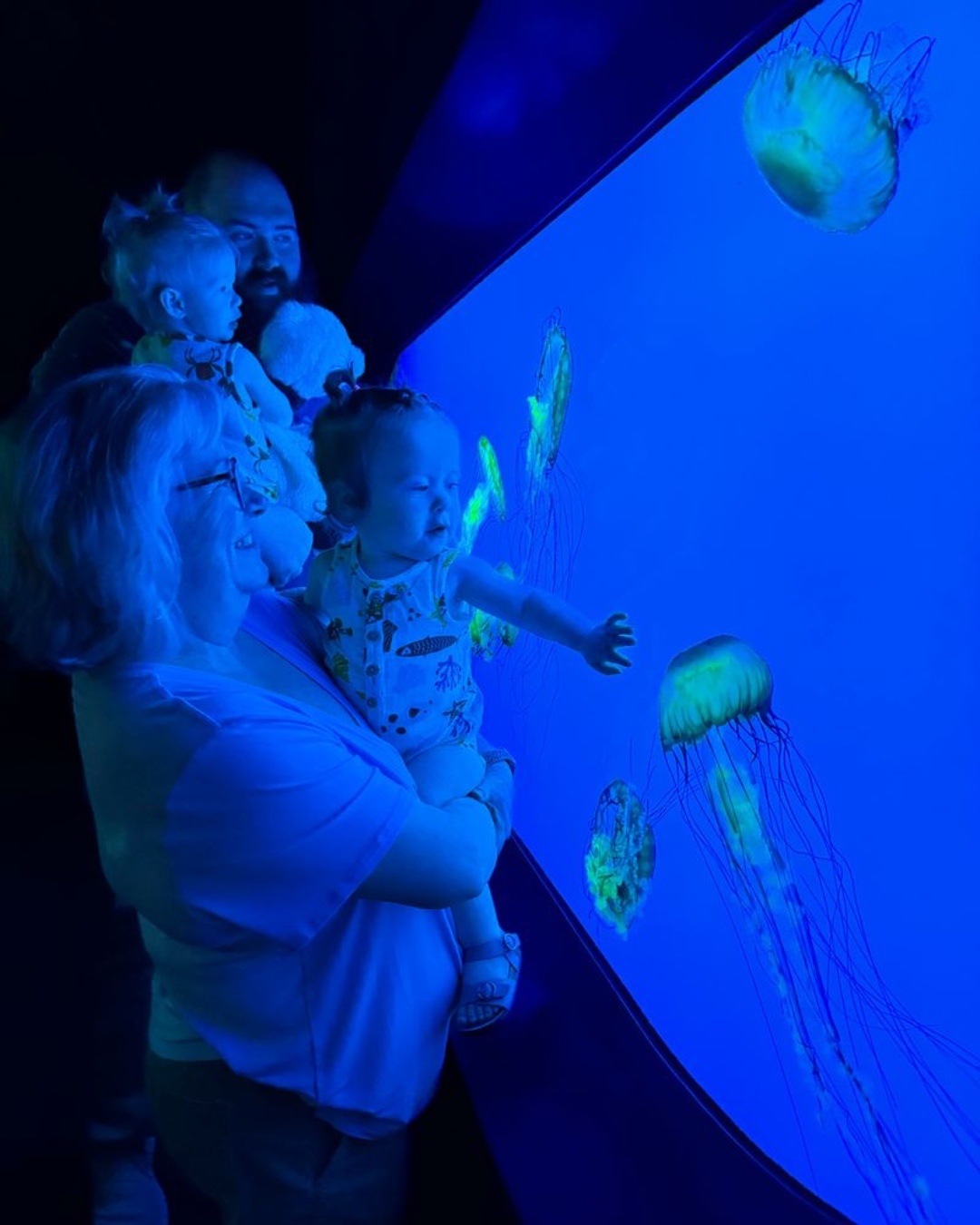- The biological composition and characteristics of transparent marine creatures.
- The ecological significance and role of these creatures in marine ecosystems.
- Insights into the management and care of these creatures in aquariums.
- The impact of marine conservation efforts on the preservation of these species.
- The importance of public engagement and photography in raising awareness about marine life.
Transparent marine creatures, often appearing as marvels of nature due to their clarity, offer remarkable insight into the biodiversity of our oceans. Among these creatures, jellyfish are particularly notable, composed of up to 95% water. Their delicate, translucent bodies capture our attention, not only for their beauty but for their vital roles in marine ecosystems and their intrigue within aquarium settings.
Biological Composition and Characteristics
Jellyfish, belonging to the phylum Cnidaria, possess a simple yet efficient anatomy that is fascinating to study. Their transparency is primarily due to their high water content, which constitutes around 95% of their mass. This characteristic allows them to maintain buoyancy and move with the ocean currents effortlessly. The remaining 5% consists of proteins, salts, and other organic compounds performing crucial functions such as structural support, feeding, and neural activity.
Jellyfish lack complex structures such as a brain or central nervous system. Instead, they have a decentralized nerve net that helps them respond to environmental stimuli. Their tentacles, equipped with specialized cells called cnidocytes, contain nematocysts that inject toxins into their prey, aiding in their capture and digestion. These adaptations are essential for their survival, given their place in the food chain as both predator and prey.
Ecological Significance
Transparent marine creatures like jellyfish play pivotal roles in marine ecosystems. They are both consumers and prey, bridging various trophic levels. Jellyfish primarily consume zooplankton, small fish, and other marine organisms, regulating plankton populations and thus contributing to the balance of marine life.
Moreover, jellyfish serve as prey for various marine species, including sea turtles, sunfish, and certain seabirds. Their presence supports the food web, promoting biodiversity by maintaining the population dynamics of multiple marine species. Jellyfish blooms, periodic surges in their population, can indicate significant shifts in environmental conditions, such as water temperature, salinity, and nutrient availability. These blooms, although natural, can have profound ecological impacts, affecting fish stocks and human activities like fishing and tourism.
Insights into Aquarium Management
Caring for jellyfish in an aquarium setting requires specific expertise and equipment. The challenges include maintaining the right water quality, replicating ocean currents, and ensuring a suitable and continuous supply of food. Jellyfish tanks typically feature rounded edges and specialized water flow systems to prevent injuries that could occur if the delicate jellyfish come into contact with sharp corners.
Feeding jellyfish in captivity involves providing a diet that can vary based on the species and size. Commonly, aquarists use a mix of live and frozen foods such as brine shrimp and other small marine organisms. The intricacies of managing these environments also include vigilant monitoring of water parameters like temperature, salinity, and pH, which are critical to the health of jellyfish.
Education and engagement are vital components of aquarium management. Visitors often find jellyfish to be mesmerizing and educational displays about their biology and ecological roles can enhance public understanding and appreciation.
Marine Conservation Efforts
The conservation of transparent marine creatures like jellyfish is integral to the broader effort of preserving marine biodiversity. While jellyfish are often resilient and adaptable, changes in ocean conditions, including pollution, climate change, and overfishing, can still impact their populations.
Marine protected areas and regulations on fishing practices are crucial in safeguarding jellyfish habitats. These protected zones allow ecosystems to function without the added pressures of human activity, promoting recovery and sustainable population levels of marine species.
Additionally, research initiatives aimed at understanding the life cycles, migration patterns, and population dynamics of jellyfish contribute to more effective conservation strategies. Such data is invaluable for crafting policies that mitigate the impacts of environmental changes and human exploitation.
Public Engagement and Photography
Photography and public engagement are powerful tools in marine conservation. By capturing the ethereal beauty of jellyfish and other transparent marine creatures, photographers can inspire a broader audience to care about marine ecosystems. Social media platforms offer a space for sharing these captivating images, raising awareness and prompting conversations about the importance of marine conservation.
Aquariums often encourage visitors to share their photos, creating a community of enthusiasts who contribute to the visibility of these magnificent creatures. By submitting their photographs, individuals can participate in a collective effort to highlight the diversity and fragility of marine life.
Engagement through photography not only brings joy to those who view these stunning images but also fosters a sense of responsibility for conserving marine environments. Education programs, workshops, and interactive exhibits complement these efforts, providing deeper knowledge and encouraging proactive conservation actions.
In sum, transparent marine creatures like jellyfish, through their unique biology and ecological roles, highlight the complexity and beauty of marine ecosystems. The management of these creatures in aquariums, coupled with robust conservation efforts, ensures their continued presence in our oceans. Public engagement, particularly through photography, further amplifies these efforts, creating a collective consciousness geared towards preserving the ocean’s delicate balance. Through education and awareness, we can appreciate and protect these transparent marvels, ensuring their enchanting presence for future generations.
*****
Source Description
Since they’re 95% water, it’s clear to see why these transparent marvels bring us so much joy to look at!
Are you jelly that your SHELL-fie hasn’t been featured yet? Head to the link in our bio to submit your Aquarium photos!
📸: @Annamergency
•
•
•


